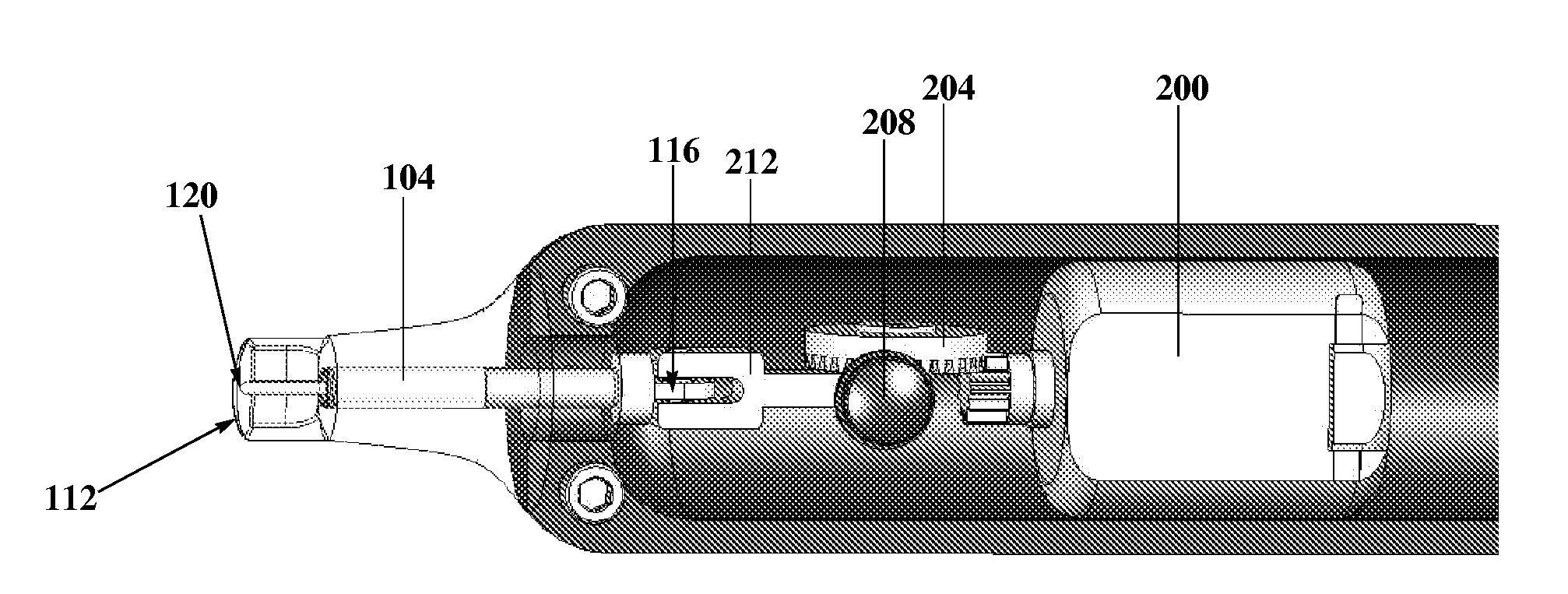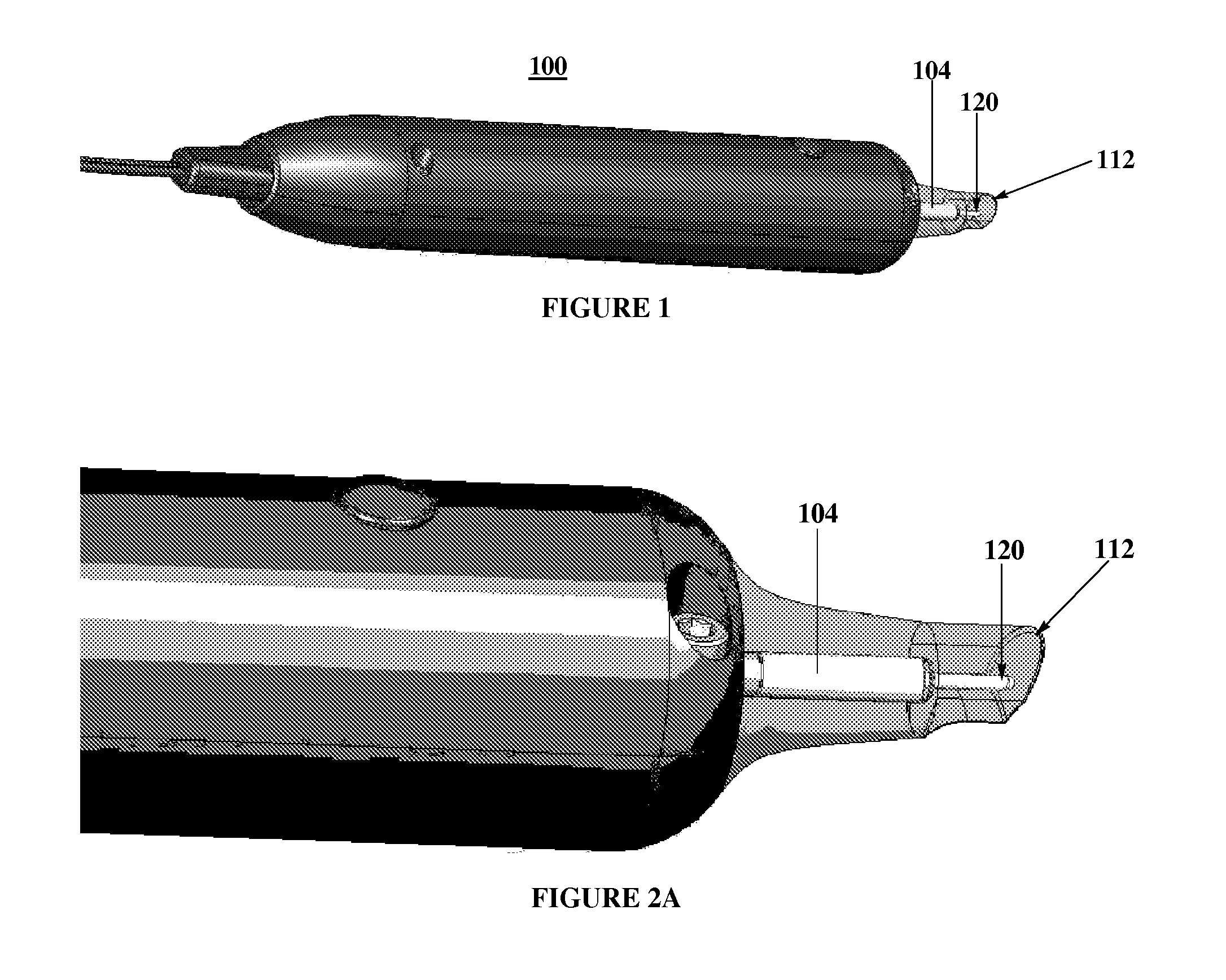Non-invasive device for lowering intraocular pressure
a non-invasive, intraocular pressure technology, applied in the field of non-invasive devices for lowering intraocular pressure, can solve the problems of pain and loss of vision, poor compliance with topical drop therapy, and unwanted side effects of glaucoma treatment methods, so as to reduce side effects, reduce iop, and reduce the effect of invasive procedures
- Summary
- Abstract
- Description
- Claims
- Application Information
AI Technical Summary
Benefits of technology
Problems solved by technology
Method used
Image
Examples
example 1
[0033]All studies were conducted in accordance with the Association for Research in Vision and Ophthalmology policies for the Care and Use of Laboratory Animals and the protocol was approved by the University of Colorado Institutional Animal Care and Use Committee. Nine Brown Norway rats were housed in an animal lab facility and each received an anterior segment biomicroscopy exam to ensure normal ocular surface status prior to enrollment. All animals had normal pressures at enrollment and were housed in the same facility receiving identical diets throughout the study.
[0034]The device used for this clinical study was designed by the present inventor and includes an electronically powered oscillator. The oscillator is attached to a specially designed terminal probe covered by a sleeve or a corneal positioning element. Typically, the tip of the probe is designed to conform to the anatomy of the limbus. The mechanical movement of the device is dependent on a circuit that alternates pow...
example 2
[0038]The effects of mechanical oscillations on the aqueous humor outflow of rabbit eyes were investigated. Each rabbit received an anterior segment biomicroscopy exam (eye exam) to assure normal ocular surface status prior to enrollment. Each group of rabbits was housed in the same facility and received identical diets throughout the study.
[0039]The present inventor has discovered that the eye pressure of glaucoma patients decreases significantly after removal of cataracts. This was shown in studies to be due to increased protein production in eye tissue cells. The device used for cataract extraction moves back and forth at a range between 25 and 40 kHz. Without being bound by any theory, this movement is believed to lead to the production of proteins around TM cells which then opens the drain of the eye. Unfortunately, cataract surgery is an invasive procedure (requires an opening in the eye) and is not appropriate for all those who have glaucoma. The present inventor has discover...
PUM
 Login to View More
Login to View More Abstract
Description
Claims
Application Information
 Login to View More
Login to View More - R&D
- Intellectual Property
- Life Sciences
- Materials
- Tech Scout
- Unparalleled Data Quality
- Higher Quality Content
- 60% Fewer Hallucinations
Browse by: Latest US Patents, China's latest patents, Technical Efficacy Thesaurus, Application Domain, Technology Topic, Popular Technical Reports.
© 2025 PatSnap. All rights reserved.Legal|Privacy policy|Modern Slavery Act Transparency Statement|Sitemap|About US| Contact US: help@patsnap.com



